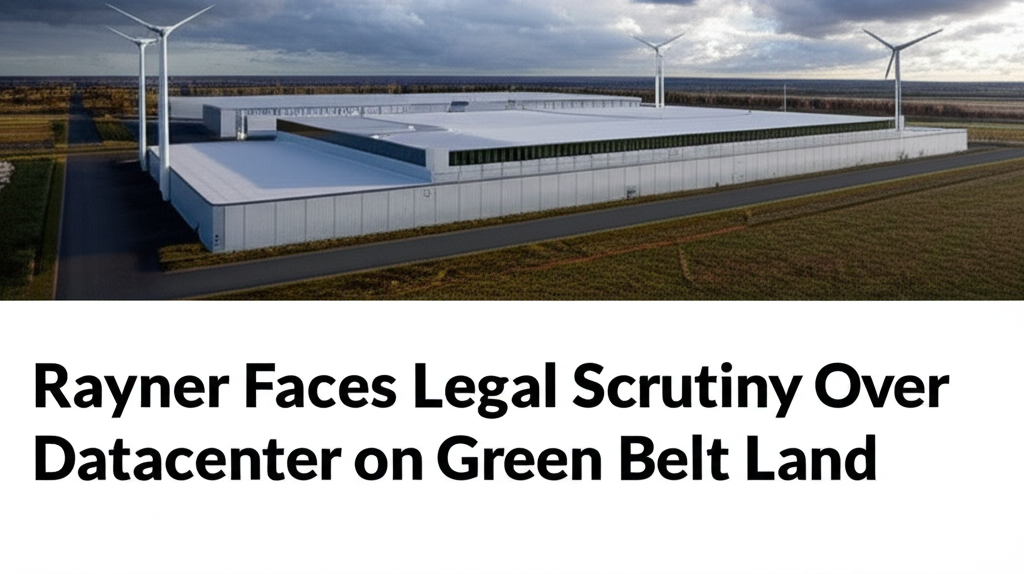Rayner Faces Legal Scrutiny Over Datacenter on Green Belt Land

The dispute hinges on the definition and protection of green belt land, which is designated to prevent urban sprawl, safeguard the countryside, and maintain the character of rural areas Opponents of the datacenter argue that the project's size and scale are incompatible with the green belt's purpose and that the development represents an unacceptable encroachment on a protected area Moreover, they raise concerns about the environmental impact of the facility, including increased energy consumption, water usage, and potential pollution According to the planning documents, the datacenter is projected to consume [Specify Amount, e.
, megawatts of electricity annually], raising concerns about its carbon footprint and contribution to climate change.
The facility's water usage, primarily for cooling purposes, is also a point of contention, particularly in light of increasing concerns about water scarcity in the region Furthermore, critics argue that the development will generate significant traffic congestion and noise pollution, disrupting the tranquility of the surrounding area This datacenter represents a clear violation of green belt regulations and a blatant disregard for environmental protection," said [Quote from a representative of the Plaintiff, e.
, the residents' association]. We are confident that the court will recognize the importance of preserving our green spaces and uphold the law.
Background
Supporters of the project, on the other hand, argue that the datacenter will bring much-needed investment and jobs to the local economy.
They also contend that the facility is essential for supporting the growing demand for digital infrastructure and that it can be operated in an environmentally sustainable manner [Quote from a representative of the developing company or Rayner's office] The approval process for the datacenter has been scrutinized, with allegations of undue influence and a lack of transparency Critics claim that [Specify Allegations, e , lobbying efforts by the developer] swayed the decision-making process and that the public was not adequately consulted The legal challenge aims to shed light on these concerns and ensure that the planning decision was made in accordance with the law
